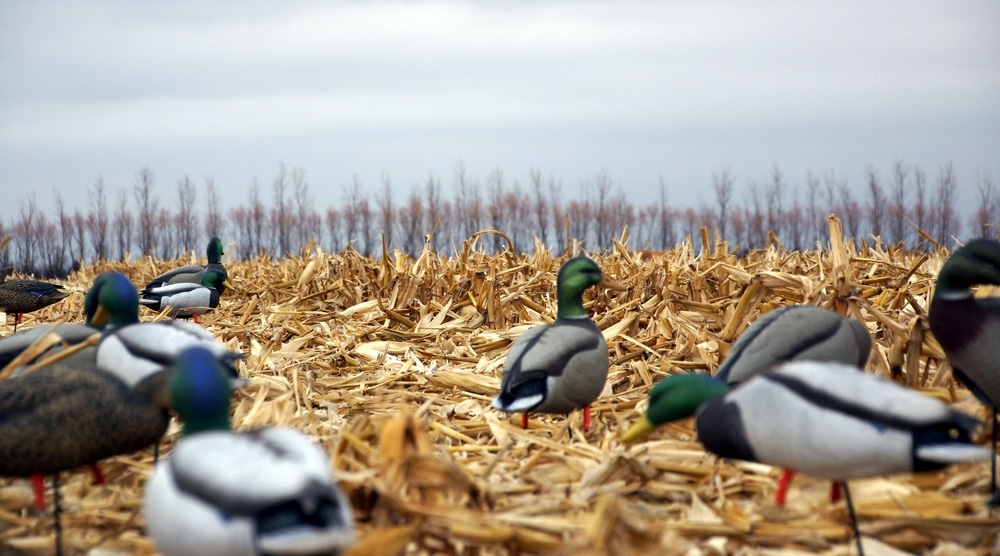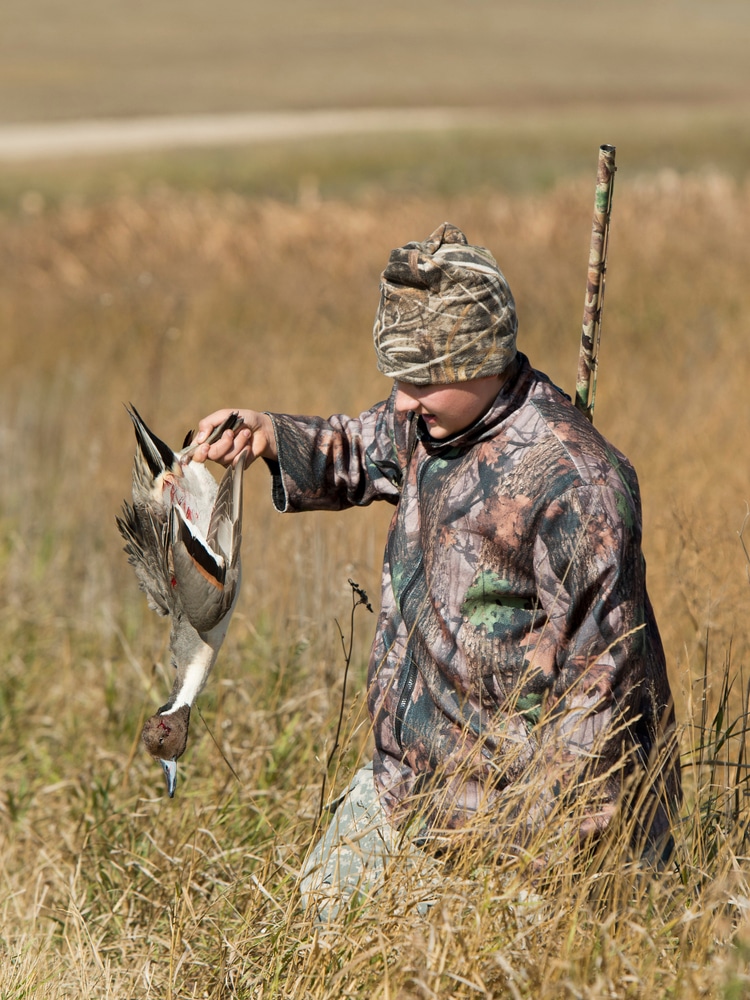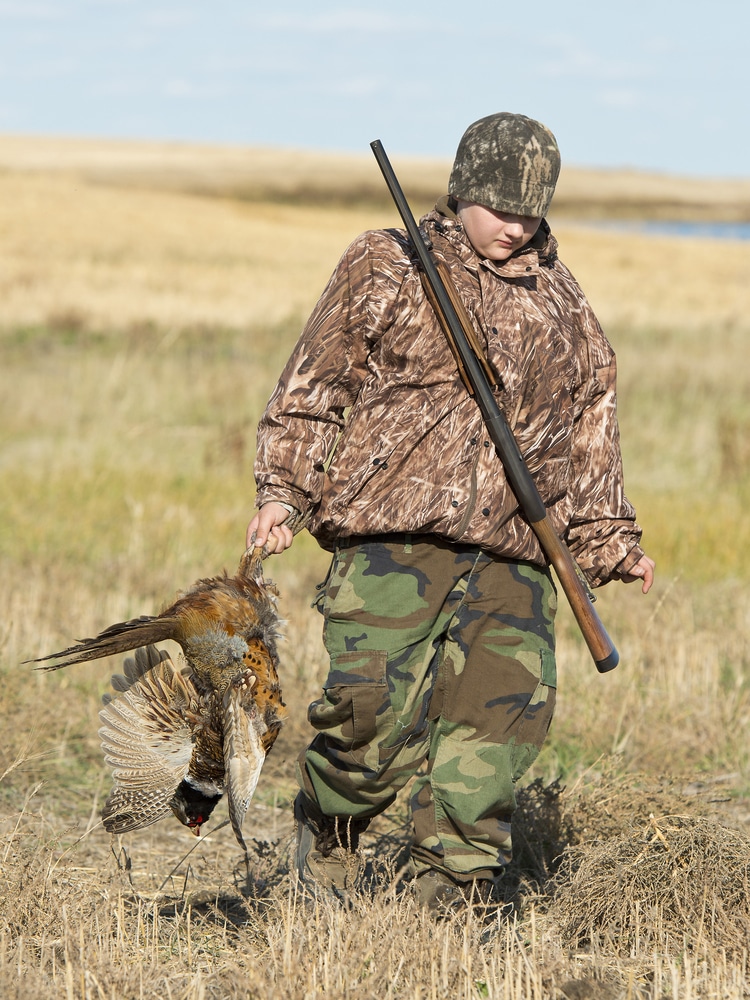Table of Contents
A comprehensive guide designed for enthusiastic hunters looking to improve their abilities in the problematic field of waterfowl hunting is “Duck Hunting Mastery: Tips for Success in Waterfowl Pursuits.” Designed with seasoned hunters, this guide condenses years of knowledge into useful advice and tested tactics. Each section has great tips to improve your hunting skills, from choosing the proper equipment and scouting ideal spots to placing decoys and comprehending the habits of ducks. Whether you’re a beginner hoping to go on your first hunt or an experienced hunter trying to improve your skills, this guide is a must-have for successful duck hunting. If you want to know expert tips for quail hunting let’s have a detailed look at the article
Understanding Ducks: Behavior and Habitat

Success in duck hunting hinges on understanding the habits and habitats of your target. Ducks are migratory birds that follow predictable patterns depending on the season, weather, and time of day.
Key Behaviors
Flight Patterns
- Ducks are most active during the early morning and late afternoon when they move between roosting and feeding areas.
- Weather influences flight height and direction. On overcast or windy days, ducks tend to fly lower, making them easier to target.
Feeding Habits
- Ducks feed in shallow waters, such as marshes, ponds, and flooded fields, where they can access aquatic plants, insects, and grains.
- Identifying active feeding grounds increases the likelihood of encountering ducks.
Roosting
- Ducks roost in safe, undisturbed areas overnight. These locations are typically larger water bodies where they feel protected from predators.
Seasonal Migration
- Ducks migrate along specific flyways in North America: Pacific, Central, Mississippi, and Atlantic.
- Understanding your region’s flyway and migration patterns helps you predict when and where to hunt.




